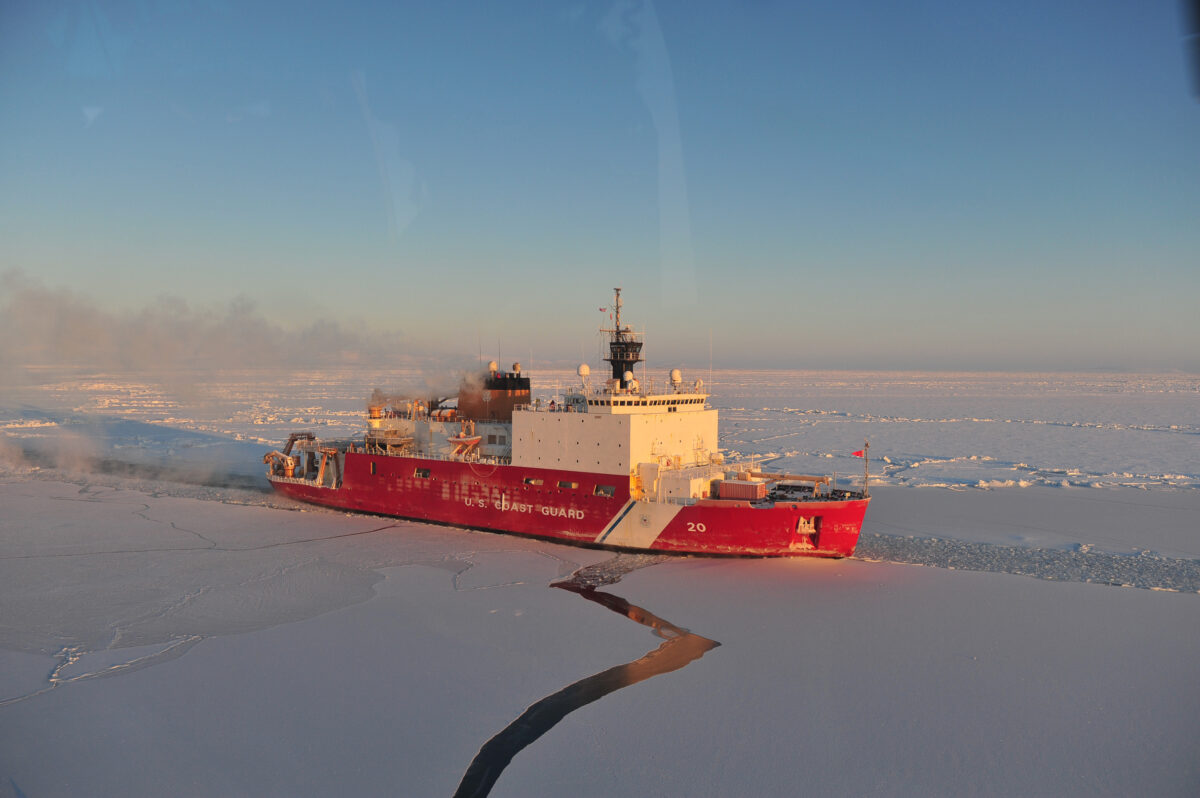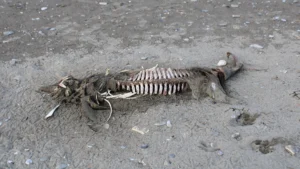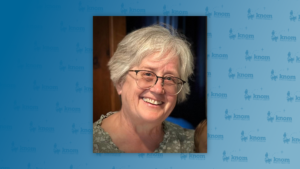Last year the United States’ largest icebreaker needed repairs after an engine fire. This summer, the U.S. Coast Guard Cutter Healy will take a trip through the Northwest Passage, in conjunction with Canada.
Experts say the Coast Guard Cutter Healy’s trip through the Northwest Passage signifies a willingness to cooperate between Canada and the U.S. The announcement came from Coast Guard Commandant Admiral Karl Schultz during his State of the Coast Guard Address on March 11th.
Professor Troy Bouffard studies Arctic Security at the University of Alaska Fairbanks. He says the two countries disagree about the status of the Northwest Passage. The United States says it’s an international strait that ships should be able to transit without Canada’s consent; but Canada says those are internal waters that fall within its sovereignty and they should be notified of any transit.
“I think it sends a clear message or agreement to disagree… the official status of the Northwest Passage is somewhat less important than being able to collaborate and operate with expectations and confidence with our partners.”
– Professor Troy Bouffard
The countries have a treaty, signed in 1988, basically agreeing that the United States will get Canada’s consent to sail icebreakers through waters Canada claims. That treaty came about after controversy in 1985 when the U.S. icebreaker Polar Sea transited the passage without telling Canada.
The upcoming 2021 trip honors that treaty. But in recent years, the U.S. has considered moves that would have violated that.
In response to a 2019 Russian announcement that the country would restrict traffic in the Northern Sea Route, the U.S. said it likely would conduct an exercise in the Northwest Passage. That exercise could have inflamed tensions with Russia and Canada, but it never happened.
Bouffard says that the Biden administration and Canada jointly planning this summer’s 2021 trip is a strategic move — and that it sends a message to Russia and U.S. adversaries.
“I tend to think that this was also a clear message to, as quick as possible, strengthen the friendship in partnership with Canada in light of recent years of tensions and mixed messages about freedom of navigation and get back to the way things normally were.”
“The Arctic continues to be a region of growing geostrategic importance, where the maxim ‘presence equals influence’ rings true,” said Schultz in his address to the Coast Guard earlier in March.
Statements like that aren’t lost on Kawerak’s Marine Advocate Austin Ahmasuk. He pays close attention to those international tensions as he studies shipping traffic and activity in the region.
“I think what’s perhaps playing out, is a little bit of rhetoric between countries that are kind of escalating hot political topics, such as, security interests, national defense, that kind of thing. I don’t think that we in the Arctic want to be in the middle of an arms race or political stage playing that puts us in jeopardy. Of course, we have to work internationally, as much as possible to ensure that peace occurs in the Arctic.”
– Austin Ahmasuk
Ahmasuk says, the Coast Guard and U.S. military have been destructive toward Alaska Native people many times. As one example, he points to the military’s history of leaving toxic waste in the Arctic.
Even the Healy’s namesake, Captain Michael Healy was partially responsible for the destruction of the Tlingit village of Angoon in 1882. While U.S. Naval Commander Edgar C. Merriman is often cited as the primary officer who gave the order for the bombardment, historical documents do show that Healy, as captain of the Thomas Corwin, did participate in the bombardment.
But as temperatures rise, Ahmasuk recognizes the undeniable increase of traffic in the Arctic waterways. And he’s hopeful that trips like the Healy’s upcoming Northwest Passage journey could be a chance for communication between federal agencies and Indigenous people.
“I hope that the Coast Guard can learn from our communities, and compare how our communities contrast, [and] how our communities might be involved in this new era — this relatively new era that we’re trying to figure out now.”
UAF Professor Bouffard explains that this trip is meant to be primarily for research and learning.
“I hope this does become a pattern for research and for other means and collaborations and learning about the environment and working together because the US Coast Guard and the Canadian Coast Guard have completely different statutory requirements. For example, the US Coast Guard has a law enforcement function, especially with regard to international law, whereas Canada doesn’t. There’s a lot to learn from each other in that way.”
– Professor Troy Bouffard
And he said there is still much to be studied and surveyed in the Northwest Passage.
According to Coast Guard documents, the trip will be primarily observational. And pending approval from Canadian officials, it will allow for some onboard scientists to do some “passive research”.
The Coast Guard does plan to do some undefined operational exercises in Baffin Bay after embarking from Nuuk, Greenland.
Right now, Nome’s Harbormaster Lucas Stotts doesn’t have any official word on whether the U.S. Cutter Healy will dock in Nome.
But according to the Coast Guard, the voyage plans to begin in mid-August from Dutch Harbor and finish by mid-September in Nuuk. Plans have not yet been decided for the timing or route of the USCGC Healy’s return voyage to its homeport in Seattle, Washington.
Image at top: The Coast Guard Cutter Healy breaks ice in the Nome Harbor Jan. 13, 2012. Photo: U.S. Coast Guard.





